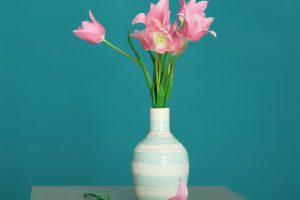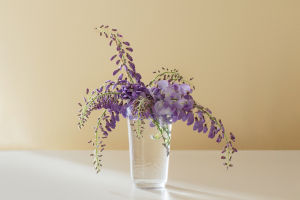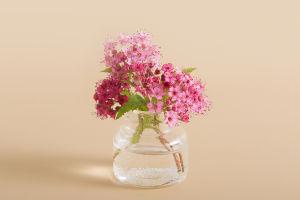Curious about adding a touch of elegance to your garden, Lykkers?
Whether you’re interested in growing anemones or simply want to know more about this fascinating flower, this guide will take you through the world of anemones and how to make them thrive in your garden!
1. What Are Anemone Flowers?
Anemone flowers belong to the Ranunculaceae family and are native to temperate climates around the world, particularly in Europe, North America, and Japan. The name anemone comes from the Greek word for wind, anemos, which is why they are often referred to as windflowers. This name reflects the delicate nature of the flowers, which sway gracefully in the breeze.
2. Types of Anemone Flowers
There are over 120 species of anemones, and they are divided into two main categories: spring-blooming and fall-blooming varieties.
Spring-blooming Anemones: These include Anemone blanda and Anemone coronaria. They are typically smaller and produce cheerful, daisy-like flowers in early spring. These anemones are ideal for brightening up garden beds after the winter months.
Fall-blooming Anemones: Anemone hupehensis (Japanese anemone) and Anemone tomentosa are popular fall-blooming varieties. These larger, more robust plants bloom in late summer and early fall, adding color to gardens as other flowers begin to fade.
3. Growing Anemone Flowers: Easy Care
Here’s how to grow them successfully:
Location: Anemones thrive in areas with well-drained soil and partial to full sunlight.
Soil: Ensure that your soil is well-drained, as anemones do not do well in soggy conditions.
Planting Time: For spring-blooming anemones, plant the tubers in the fall, allowing them to establish roots before winter. Fall-blooming anemones can be planted in the spring for blooms later in the year.
Watering: Water your anemones regularly, but avoid overwatering.
Mulching: Mulch around your anemones to help retain soil moisture and keep the roots cool during warmer months.
4. Using Anemones in Garden Design
Anemones are incredibly versatile and can be used in various garden settings. They make excellent border plants, adding bursts of color and texture to flower beds. Spring-blooming varieties pair well with tulips and daffodils, creating a vibrant spring display, while fall-blooming anemones complement asters and chrysanthemums.
5. Symbolism and Meaning of Anemone Flowers
Throughout history, anemones have carried rich symbolism across various cultures. In ancient Greek mythology, the anemone was associated with the death of Adonis, and it became a symbol of mourning and protection. In Victorian times, the flower was often used to convey feelings of anticipation or fragility, representing fleeting beauty.
6. Caring for Anemones Year-Round
To keep your anemones healthy year-round, it’s important to:
Deadhead spent blooms to encourage new growth and extend the blooming season.
Divide the plants every few years to prevent overcrowding and maintain the health of your garden.
Protect them from frost in colder regions by covering the plants with mulch during the winter months.
Their variety of colors and bloom times make them a versatile choice for gardens and floral arrangements, while their symbolic meanings add depth to their beauty. Planting anemones, you’ll enjoy a burst of color that returns year after year with minimal effort!


